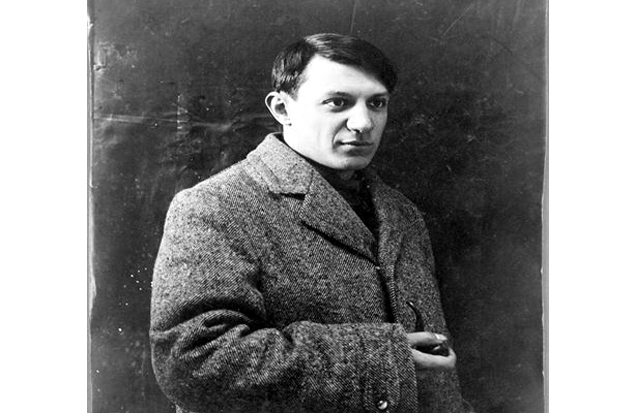Tirthankar Mitra
Pablo Ruiz Picasso cannot be pinned down. Even as his 142 nd birth anniversary passed by early this week, legions of his critics, detractors and of course his fans have been unable to categorise him. The reason is not difficult to see. There is so much of his works that it cannot be done.
Time was when it was a fashion to talk of the blue period, the pink and the harlequin. These categories indeed remained useful in marking some of the phases of his career. The “minotaur” drawings, for example, were tried to be fitted in with the bullfight myth of Knossos merging with the national sport of Spain. But sometime later they gave up the endeavour.
Talk of Cubism, as it is almost synonymous with Picasso though he co-founded it with French co-painter George Braque. It derives its name from a snide comment from French painter Henri Matisse who called one of Braque’s paintings “a picture made up of small cubes.”
But Picasso had long outgrown it. Small wonder, that particular school has long been been dated; the most distinguished cubist arguably would be Braque.
The fact remains that Picasso painted magnificently in one and all these periods. Consistency appeared to be his middle name as he painted brilliantly in this manner but the fact remains the culmination of his labours were the same in all manner he attempted.
Picasso’s range was always infinite. Be it his great set pieces, the agony of the horse at Guernica, the masterpiece which made immortal the little Basque town bombed to bits by Nazis.
Painted in a grisaille palette of grey tones such as Dream and Lie of Franco, it was contributed to the Spanish Pavilion in 1937 Exposition Universelle in Paris. It is a complex work of horrifying proportions with layers of anti-war symbolism protesting the fascist coup led Generalisimo Francisco Franco. . Picasso was aligned with the French Communist Party during his Paris days. He was a regular participant in the conventions held in post war years for ending the cold war.
In the 1950s and the subsequent decade, Picasso experimented with potteries. There was the superb Madonna of Toledo or the portrait of Stravinsky to the hungry peasants of the Blue period, his works continued to delight his fans and anger his detractors.
The great man certainly had his share of critics who were not unbiased. A horse- painter called Munnings who happened to be the president of the Royal Academy called Picasso a fraud. But the fact remains that Picasso could draw animals far better than Munnings. A look at his illustrations to Buffon’s Natural History demonstrate it.
Picasso had started drawing as soon as his fingers could grasp a pencil. In his birthplace of Malaga, he took a pigeon to school from his father’s pigeon vote. He put it on his desk and drew pictures during the class. It was his protest against authority and being taught anything at all.
This was the earliest indication of the restless spirit of the great artist who would continue to move from one art form to another with ease. Throughout Picasso’s life this trait would mark him out among his great contemporaries. Picasso’s gestation of an idea was rapid. When he started to work, nothing distracted him and everything disturbed him.
From the late 1940s through the late ’60s, living in the south of France, Picasso continued to paint, make ceramics and experimented with print making. Exhibitions in London, Venice, Paris, Tokyo, Milan and New York cemented his fame as museums and private collectors vied to acquire his works.
An enormously wealthy person, Picasso was never a Mr Know All. He had confirmed to a musician friend “I know nothing about music. I don’t even understand enough to enjoy it without the risk of being wrong.”
When he passed away on a April day in 1973, it was impossible to imagine the art of the past 70 years without Picasso. He shaped so much of it, accompanied by depth of experience and achievement. (IPA )


